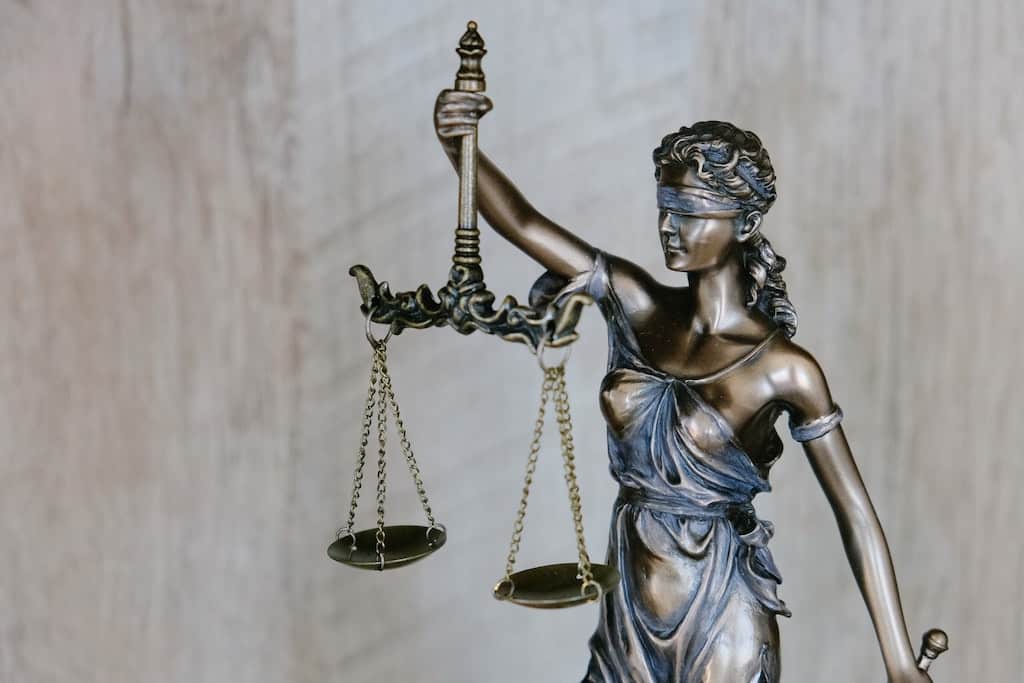After a personal injury, you may wonder whether hiring a Denver personal injury lawyer is the right move for you. These lawyers deal with a wide variety of cases, including car accidents, slip, and fall injuries, and workers’ compensation. However, you may feel uncomfortable with the personal injury lawsuit process. That’s okay. The Paul Wilkinson Law Firm is here to guide you every step of the way.
This blog discusses how a personal injury lawsuit works and the timeline you can expect if you’ve sustained personal injuries and believe you’re entitled to compensation. It also contains a section detailing how to choose a personal injury lawyer that fits your needs. Continue reading to learn what you can expect if you plan on filing a personal injury lawsuit for the first time.
Table of Contents
Personal Injury Lawsuit Timeline
Personal injury lawsuits boil down to who’s at fault and then determining the damages within a given case. These damages deal with physical, monetary, and mental damages in the case. They can also cover the defendant’s actions if the court determines they acted in negligence. In this case, the court might award the plaintiff punitive damages.
To understand how a plaintiff obtains their damages, let’s detail the procedure for personal injury lawsuits more thoroughly.
Initial Consultation
The personal injury lawsuit process begins with the initial, client-attorney consultation. Most personal injury attorneys offer a free consultation to help you better understand your case and the various factors involved better.
Personal injury lawyers should listen to you attentively and relate back to your case details. They will ask you a series of questions that reveal the extent of your damages and help them conceptualize your case. You should also feel comfortable asking your attorney questions about their experience to see if they’re the right fit for your case.
After the introduction phase, when your attorney understands the nature of your case, they will likely issue their recommendation going forward and explain the best courses of action. They will relate the compensation you stand to win and their fees.
Many personal injury lawyers work on a contingency fee basis, which means they only accept payment for winning your case. By the end of the initial consultation, you should feel like you understand the legal aspects of your case and you should also feel empowered with the details to make an informed decision.
Filing Court Documents
If you move forward with your attorney, they will file a complaint and assemble the other required documents. Your lawyer will list the party you sue as the defendant on the complaint and you will be listed as the plaintiff.
The complaint should contain your case details and the legal basis for holding the defendant liable. It should also include the damages you seek to recover from the defendant, and they will have to answer the complaint by court order.
Discovery
After both sides file and serve the initial documents, the parties enter discovery. Discovery is the formal evidence-exchanging process. During this time, the personal injury lawyer can also submit a request for additional documents.
At this juncture, both parties are allowed to take depositions and sworn statements and your lawyer can consult an accident reconstruction or medical expert. These experts help your lawyer fortify your case and provide evidence to the court and one or more of these experts can testify on your behalf.
Pre-Trial Motions and Hearings
Attorneys can use pretrial motions to prompt the opposing party to provide evidence. They can also file motions aimed at resolving a case before it goes to trial.
For example, a defendant’s attorney can file a motion to dismiss the lawsuit based on a lack of evidence or jurisdiction. Conversely, the plaintiff’s attorney can file a motion for a summary judgment, meaning the judge finds the case incontestable, ordering immediate relief.
Settlement Negotiations
Attorneys on both sides will typically try to settle before trial. This is usually in everyone’s best interest as trials are arduous and require more stress, resources, and planning. Everything gets put under a microscope in trial and that’s a drain in itself. In a settlement situation, the defendant agrees to pay compensation in exchange for their release from liability.
The plaintiff typically makes an offer and the defendant issues a counter-offer. Settlement negotiations can take months or even years and parties often bring mediators to expedite the process and ease the stress off both parties. Mediators are unbiased attorneys who try to get both parties to agree upon a settlement.
Trial
If the parties can’t settle, the personal injury lawsuit goes to trial. You can conceptualize a trial as having two phases: deciding whether the defendant is at fault and then determining damages if they find them liable.
Though most personal injury lawsuits resolve via settlement, it’s wise to use an attorney with trial experience. These lawyers understand how to navigate the courtroom, which can be a cutthroat environment. Trial lawyers, such as those at the Paul Wilkinson Law Firm, understand how to prepare a strong case and give you the best chance to secure the compensation you deserve.
Collecting Damages
After settling either pre-trial or through a judge’s decision, your personal injury lawyer should collect your funds and distribute them into the account of your desire. If your attorney uses a contingency fee payment method, they will deduct their legal fees from the settlement.
You should already understand the fees your attorney plans to take before this stage. Reputable personal injury lawyers are transparent about their payment requirements and you won’t be surprised by charges.
Post-Trial Motions and Appeals
If the court issues a judgment in your favor, the defendant has the right to file post-trial motions seeking to reverse or reduce the judgment or damages owed. An appeal occurs If the defendant requests a higher court to decide whether legal errors happened during the trial.
While the case is on appeal, the parties can re-enter settlement negotiations. Defendants often use this strategy in hopes the plaintiff can’t afford to wait for the damages, prompting an early settlement for less than they were awarded from the trial.
What Are the Damages in a Personal Injury Lawsuit?
Compensatory Damages
Most personal injury damages fall under the compensatory damage category. These damages compensate the injured party for what they lost during or after the accident or injury. They can be medical bills, property damage, physical therapy costs, emotional trauma damages, any financial, physical, or emotional damages caused by the accident.
Some compensatory damages are easily quantifiable, such as medical bills or property damage. However, pain and suffering are a little more arbitrary and the judge determines the dollar amount for these damages.
Punitive Damages
Punitive damages are those imposed by the judge aimed to punish the defendant rather than make the plaintiff whole. In personal injury cases where the defendant exhibits gross negligence, the court may look to make an example of the defendant, condemning their actions to send a message.
The plaintiff still receives compensation, but these damages have more to do with the defendant’s conduct than the plaintiff’s damages. Most states set caps on punitive damages since they can be high.
Choosing the Right Personal Injury Lawyer for Your Case
Choosing the right attorney for your case can mean the difference between winning and losing, between getting the damages you deserve and coming away empty-handed, with a pile of bills and emotional suffering.
That’s why choosing your personal injury lawyer is such an essential step in your case. The right personal injury lawyer will be able to answer your questions completely and they will show a genuine interest in getting you the compensation you deserve. Exercise caution if your attorney starts making lofty promises during the initial consultation.
Experienced attorneys understand the complex legal situation and deliver advice rooted in realism, not idealism. They evaluate your case and hire experts to validate your claims.
Conclusion- How Does a Personal Injury Lawsuit Work?
Nobody enjoys going through a lawsuit. If you’re the plaintiff, you’ve already endured the accident that led to your injury, why would you want to navigate a legal minefield as well? Consulting a personal injury attorney will make your case clear and give you the confidence you need to move forward.
At The Paul Wilkinson Law Firm, we understand the stress and confusion you may feel after a personal injury or accident. Our team of experienced personal injury attorneys is here to fight for you and do whatever it takes to give you the compensation you deserve.
Contact us today for a free consultation and start on your path to recovery with a clear head. For more information call (303) 333-7285.


